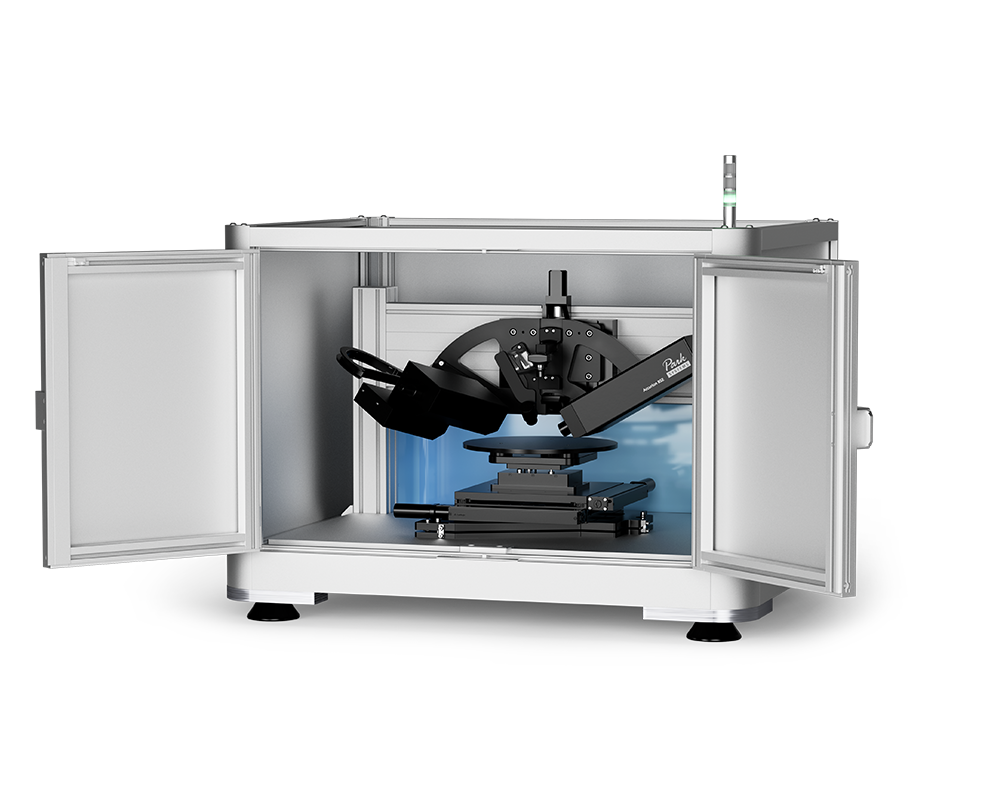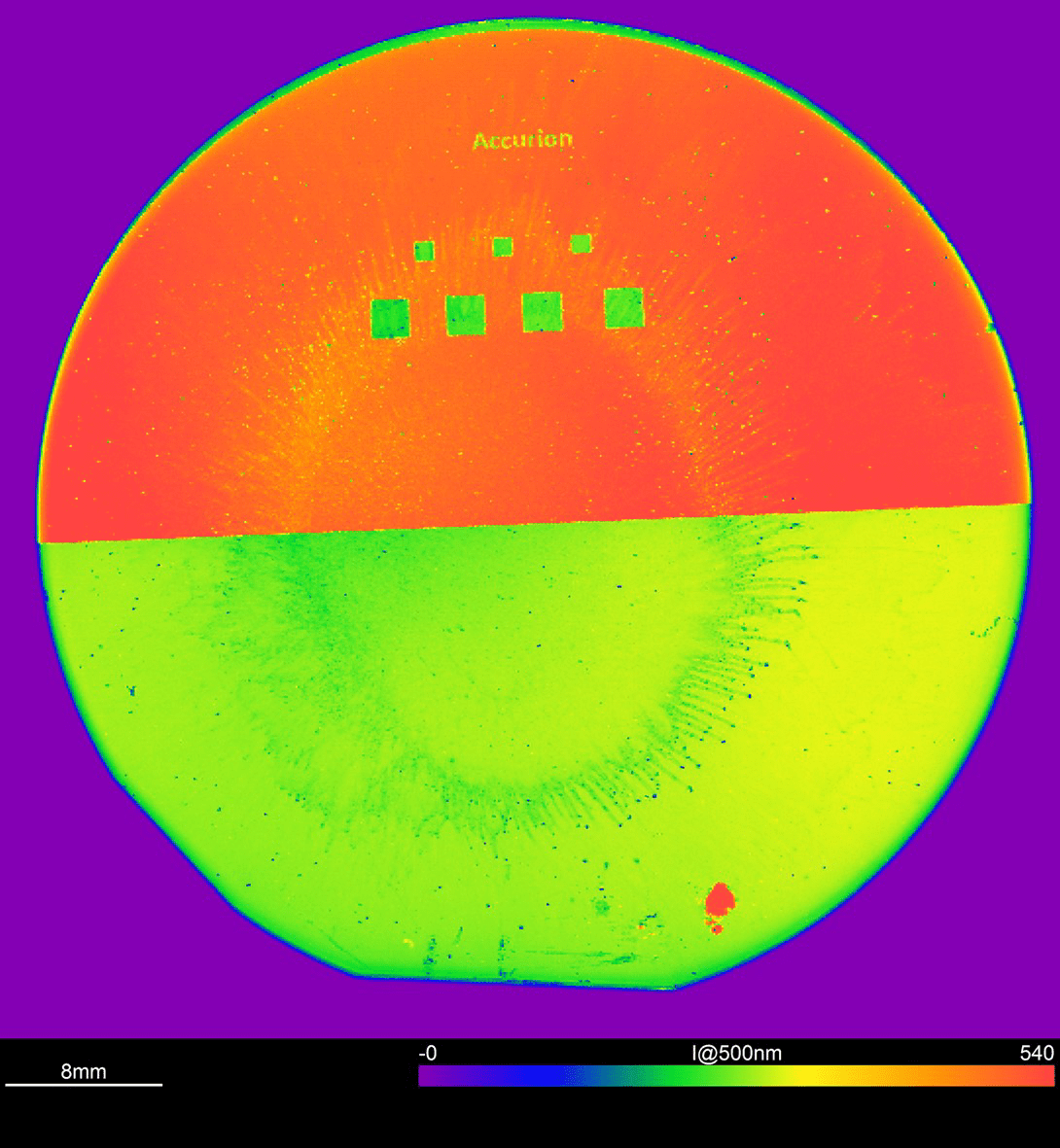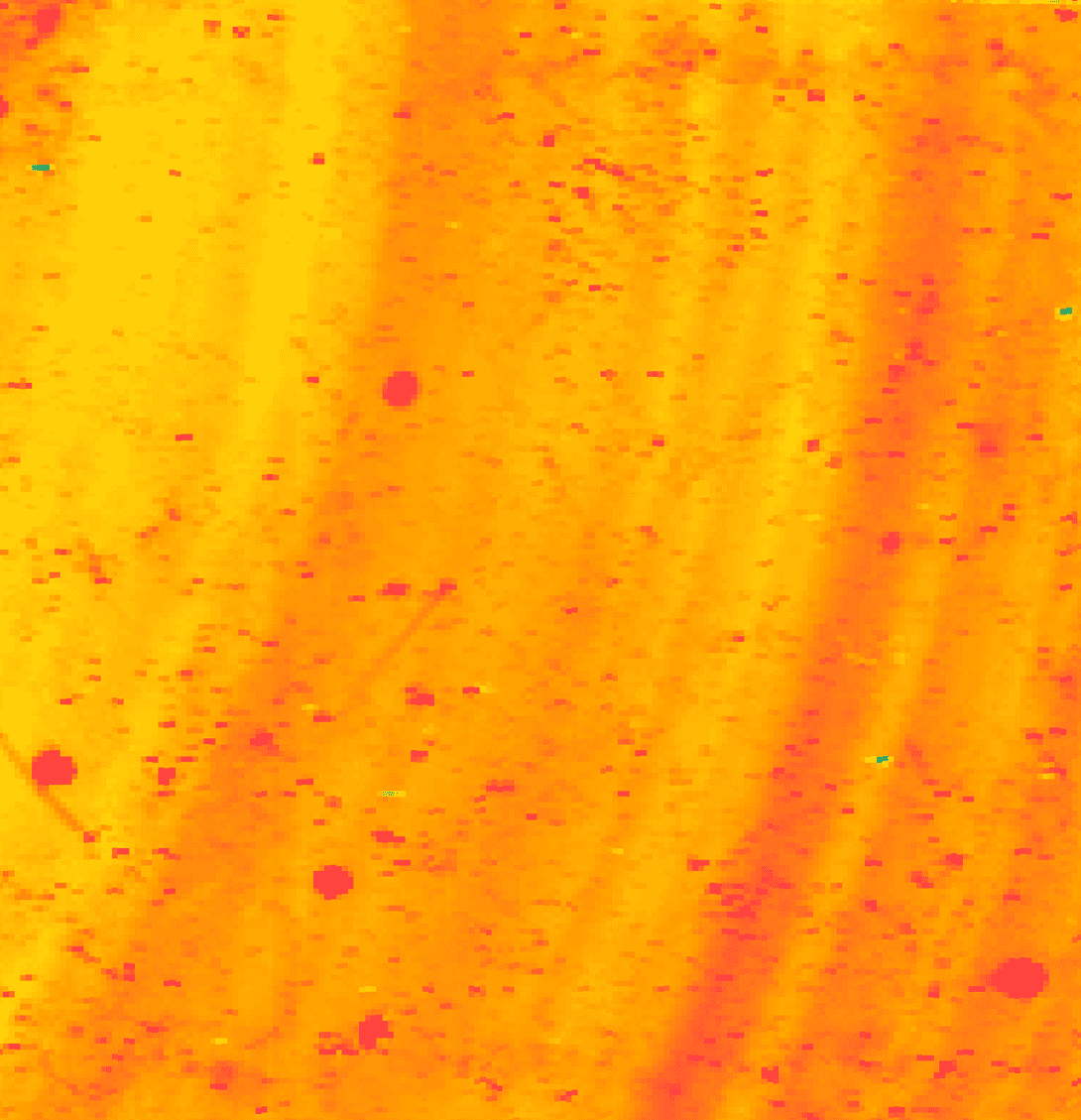
Accurion RSE
Referenced Spectroscopic Ellipsometry Fast Inspection of Thin Films and Surfaces
The Referenced Spectroscopic Ellipsometer (RSE) is an ellipsometer-based reflectometer, designed for high-speed thickness mapping in, e.g., quality control. It allows to accurately measure of thicknesses ranging from 0.1 nm - 10 μm. With 200 complete spectra recorded per second, a 100 mm x 100 mm area can be investigated in only 12 minutes while acquiring 67,000 spectra.





